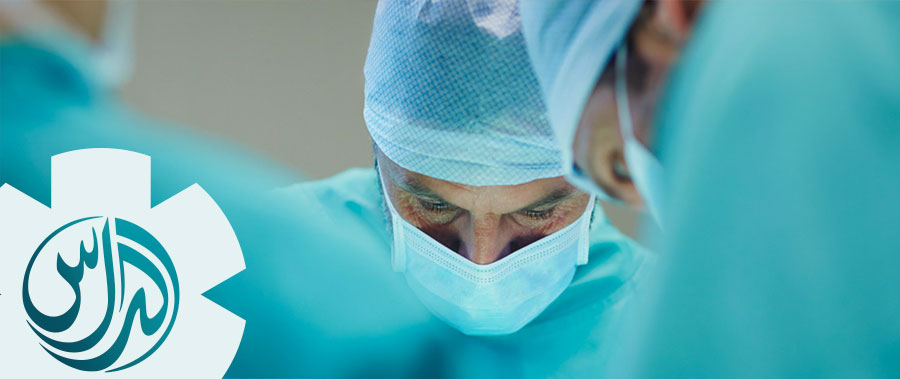
Conventional surgery procedures are often used in dermatology. They are very common in dealing with urgent and serious skin problems, which demand immediate care, such as skin cancer, but are sometimes also used for cosmetic reasons. Conventional surgery is always recommended by a dermatologist, and since they are the most invasive of all treatments, they are recommended when it is of vital importance to obtain the best possible results. This is a reason conventional surgery is a treatment of choice for skin cancers and other serious skin conditions as well as for the reconstructive purposes, all of them requiring prompt and radical action. If you have a skin condition which might require undergoing a surgical procedure, our team of dermatologists can help you by tailoring a procedure that achieves the optimal results.
There are several effective conventional surgical procedures that are available nowadays, and the decision which one should be used depends on the characteristics of your skin problem.
Some of the best known procedures are:
- Standard excision is mostly used for removal of smaller skin lesions. Elliptical excision is the most common type of this procedure. After the removal of the lesion skin is sutured together. These surgical stitches need to be removed a week or two after the surgery.
- Graft and flap surgery are used for solving the skin problems in when the skin affected by lesion is large, or on the areas where it is not possible to suture skin together. In this conventional surgery procedure, part of the skin nearby (flap) or from some other part of the body (graft) is transferred into the wound to close it.
- Shave excision is best used for some raised skin growths, such as moles, seborrheic keartosis and skin tags. Growths and skin surface beneath it are removed, and the skin is closed by pressure or some chemical substances.
- Electrosurgery or electrodessication is used in dermatology to destroy excessive skin growths, most usually for removing seborrheic keartosis or for treating fine blood vessels on the face. The treated area heals fast and no scarring is present.
- Curretage is most often used for removal of warts or seborrheic keartosis, but sometimes even some cancer growths can be removed this way. By means of this technique the skin lesion is being scrapped together with the skin surface beneath it.
- Mohs micrographic surgery is the treatment used for recurrent, large or aggressive skin cancers. This procedure is very precise and effective solution for removing skin cancer and its roots in the surrounding skin cells, leaving the healthy cells intact.
Most of the conventional surgery procedures are day procedures, performed under local anesthesia. Even though these procedures have immediate effects, good wound aftercare is needed in order to avoid complications and infections. After undergoing surgical procedure you must carefully follow the instructions given by the professionals. Our team of medical experts will help you decide which procedure best fits your needs, and carry out the treatment with greatest care, thus leading to the best possible outcome.
Our Consultant Dermatologist offers a range of skin programs directed toward skin cancer prevention and treatment, digital mole mapping, safe mole removal, skin cancer diagnostics and dermatosurgery.
Book a visit 04 452 998 or by filling the online form